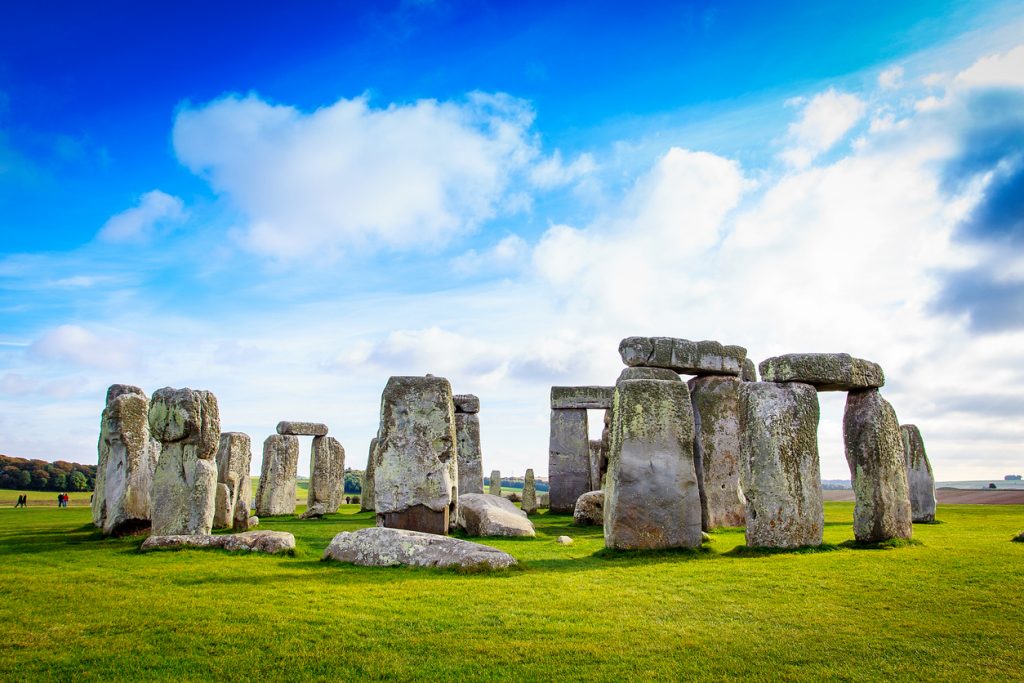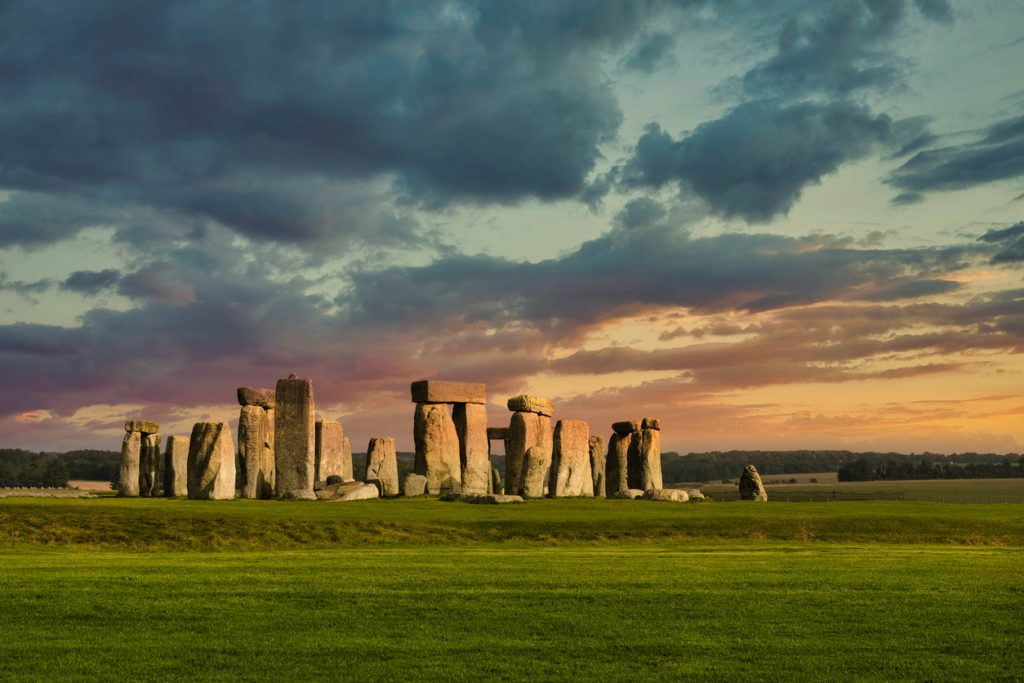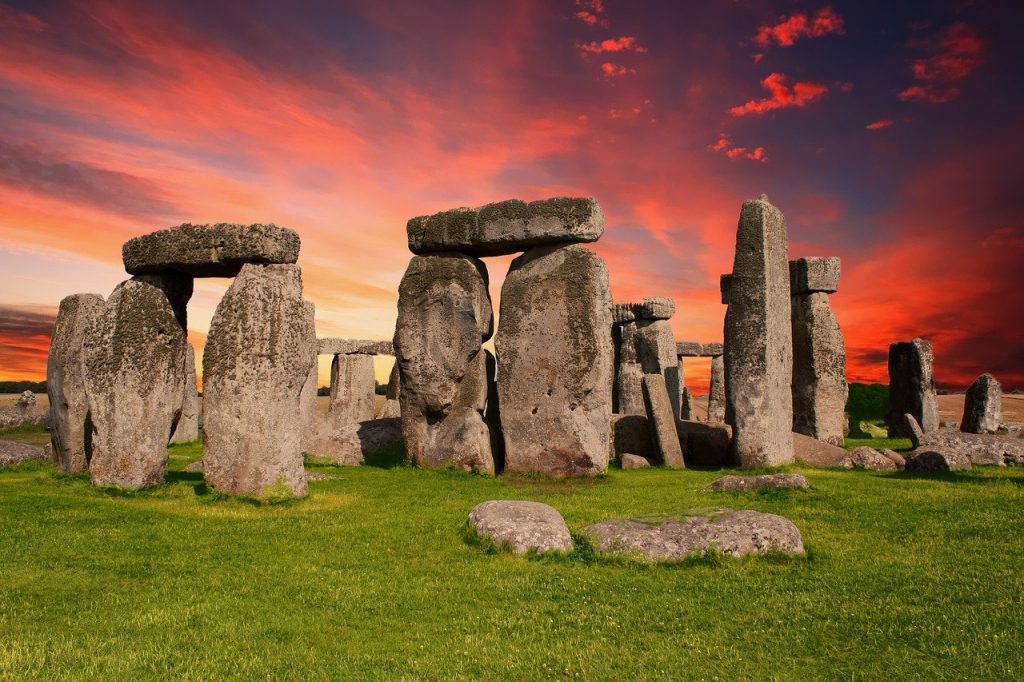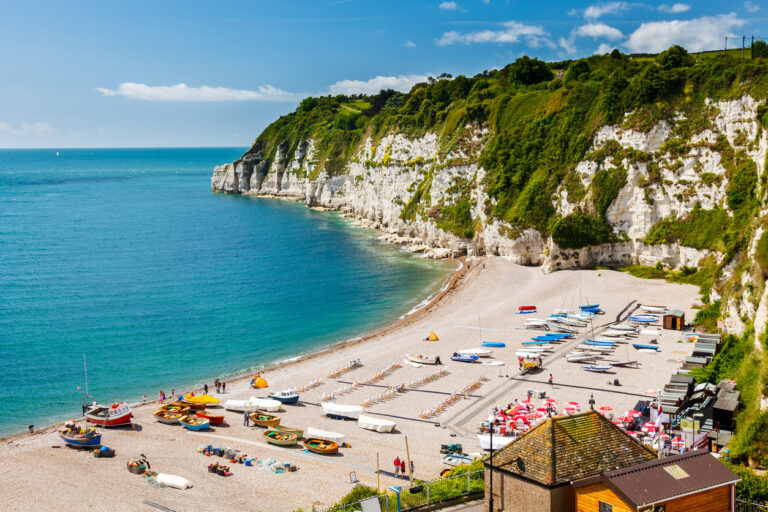5 Stonehenge Mysteries That Historians Are Still Arguing About
There’s nowhere quite as mythical as Stonehenge. The stone circle, which is located on Wiltshire Plain, has enthralled travellers and locals for centuries.
In fact, nobody’s quite sure about a lot of things to do with Stonehenge! Here are five particular mysteries (that still baffle historians today).
The purpose of Stonehenge

What was Stonehenge built for? This question has sparked endless debate among historians, archaeologists, and enthusiasts alike.
Some argue that it was a burial site, a place where the dead were honoured and laid to rest. This theory gains traction from the discovery of numerous human remains buried around the site. Yet, there’s more to Stonehenge than just bones.
Another popular theory is that Stonehenge served as a ceremonial ground.
The layout of the stones, the circular design, and the positioning all suggest a place of gathering—perhaps for rituals or seasonal celebrations.
But why here, in this particular spot? And why this complex design?
Then there’s the astronomical angle. Stonehenge’s alignment with the solstices has led some to propose that it was an ancient calendar or observatory.
A place where the movements of the sun and moon were tracked with remarkable precision. But does this alignment mean the site was intended as a giant astronomical tool, or is it a coincidence?
Historians remain divided. Each theory has its supporters, but no one has found the definitive answer. Recent discoveries—like the nearby Durrington Walls, which suggests a broader ritual landscape—only add layers to the mystery.
And as research continues, so do the arguments.
The construction techniques
How did prehistoric people, with no advanced tools or machinery, build something as massive as Stonehenge?
This question has baffled experts for centuries.
The sheer size and weight of the stones make the construction an engineering marvel that seems almost impossible, given the technology of the time.
One theory suggests that the stones were dragged from miles away using wooden sledges and ropes.
But imagine hauling a 25-ton stone across rugged terrain with nothing but manpower and basic tools. It’s hard to fathom.
The process of erecting the stones is equally mysterious. How did they lift these colossal stones into place?
Some suggest a system of ramps and levers, while others think the builders might have used earthen mounds to gradually raise the stones.
But the truth is, no one knows for sure.
The origins of the bluestones

Where did the bluestones of Stonehenge come from, and why were they chosen?
This is another puzzle that refuses to be solved.
The smaller bluestones, unlike the massive sarsens, are believed to have been transported from the Preseli Hills in Wales—over 150 miles away.
But why go to such extraordinary lengths to bring these particular stones to Salisbury Plain?
Theories abound. Some suggest that the stones held a special significance, perhaps linked to their origin.
The Preseli Hills are rich in folklore and legend, which could have made these stones sacred in the eyes of the builders.
Others believe that the choice of bluestones was practical—they might have been easier to transport and work with than the larger sarsens.
The logistics of moving these stones remain a hot topic.
The role of Stonehenge in ancient society
What role did Stonehenge play in the lives of the people who built it? This question cuts to the heart of the mystery surrounding the monument.
Was it a site for healing, a sacred place where the sick and injured sought cures? Some historians believe so, pointing to the discovery of graves with individuals suffering from various ailments.
They argue that the presence of bluestones, believed to have healing properties, supports this idea.
But there’s more. Others suggest that Stonehenge was a status symbol, a testament to the power and influence of those who built it. The scale of the construction, the effort required, and the precision involved all hint at a society with significant resources and organization.
Could Stonehenge have been a marker of prestige, a demonstration of power for all to see?
Then there’s the theory that Stonehenge was a gathering place, possibly for seasonal festivals or rituals.
The alignment of the stones with the solstices suggests a connection to the changing seasons, a key element in ancient agricultural societies.
But was it a place of celebration, or something more somber—a site of reverence and reflection?
The alignment with celestial bodies
Stonehenge’s alignment with the sun and moon has fueled endless speculation. Was it an ancient observatory, carefully designed to track the movements of celestial bodies?
The alignment of the stones with the summer and winter solstices is strikingly precise, leading many to believe that the builders had a deep understanding of astronomy.
Some historians argue that Stonehenge was a kind of calendar, marking the passing of seasons and the time for agricultural activities. The way the sunlight pierces through the stones on specific days of the year suggests a deliberate design, a connection between the monument and the heavens.
But others question whether this alignment was intentional. Could it be a coincidence, the result of a structure that was primarily religious or ceremonial in nature, with the celestial connections coming later?
There’s also debate about the accuracy of the alignment—how precise was it really, and could it have served a practical purpose?
Recent research has added another layer to the mystery, suggesting that Stonehenge’s alignment might also connect with lunar cycles, not just solar. This opens up new questions: Was it used to track both the sun and the moon, and if so, for what purpose?

Feeling baffled?
The debate over Stonehenge’s alignment is far from settled – trust us, we’re just as confused as you!
The answers remain elusive, with historians and archaeologists still at odds over this fascinating aspect of the monument.






